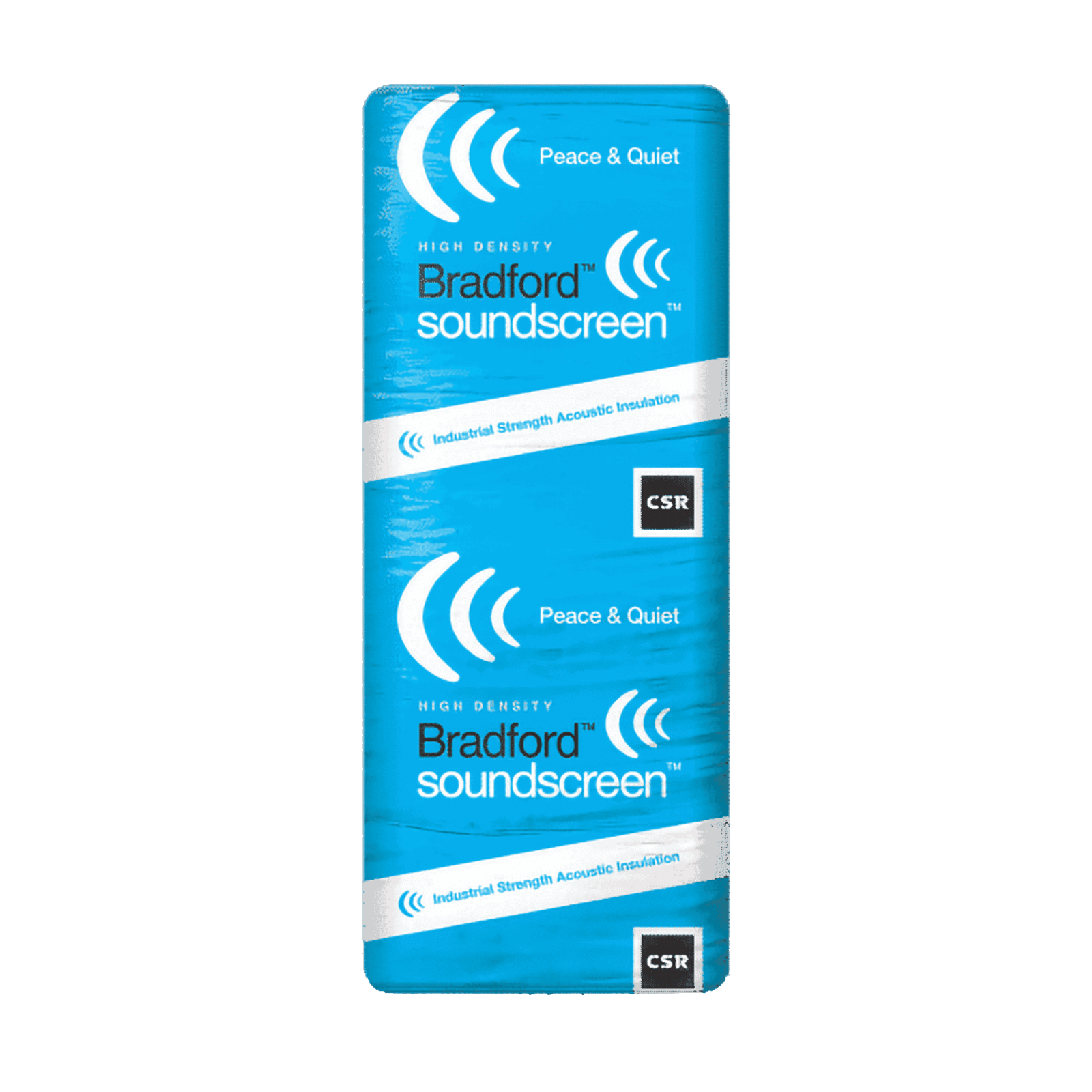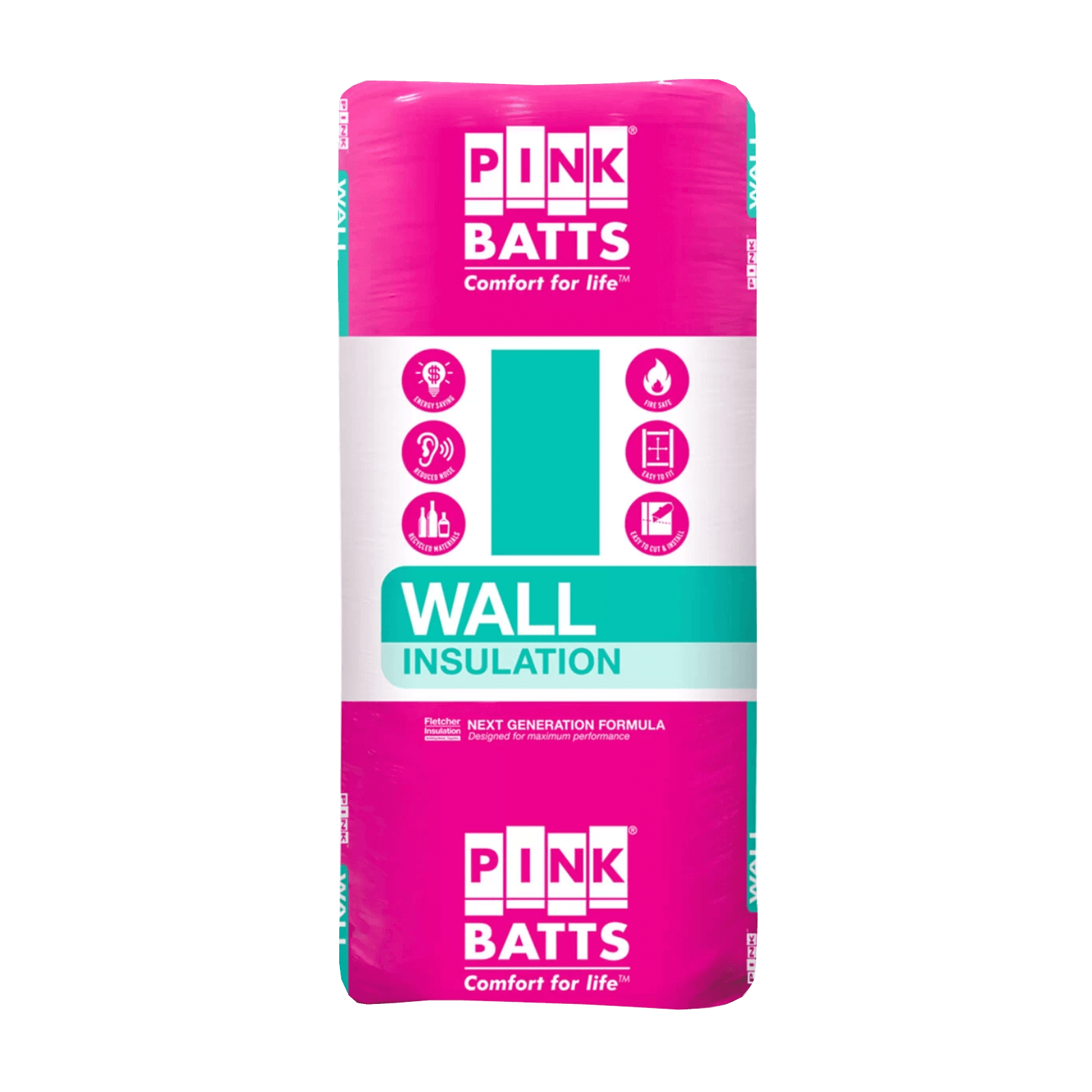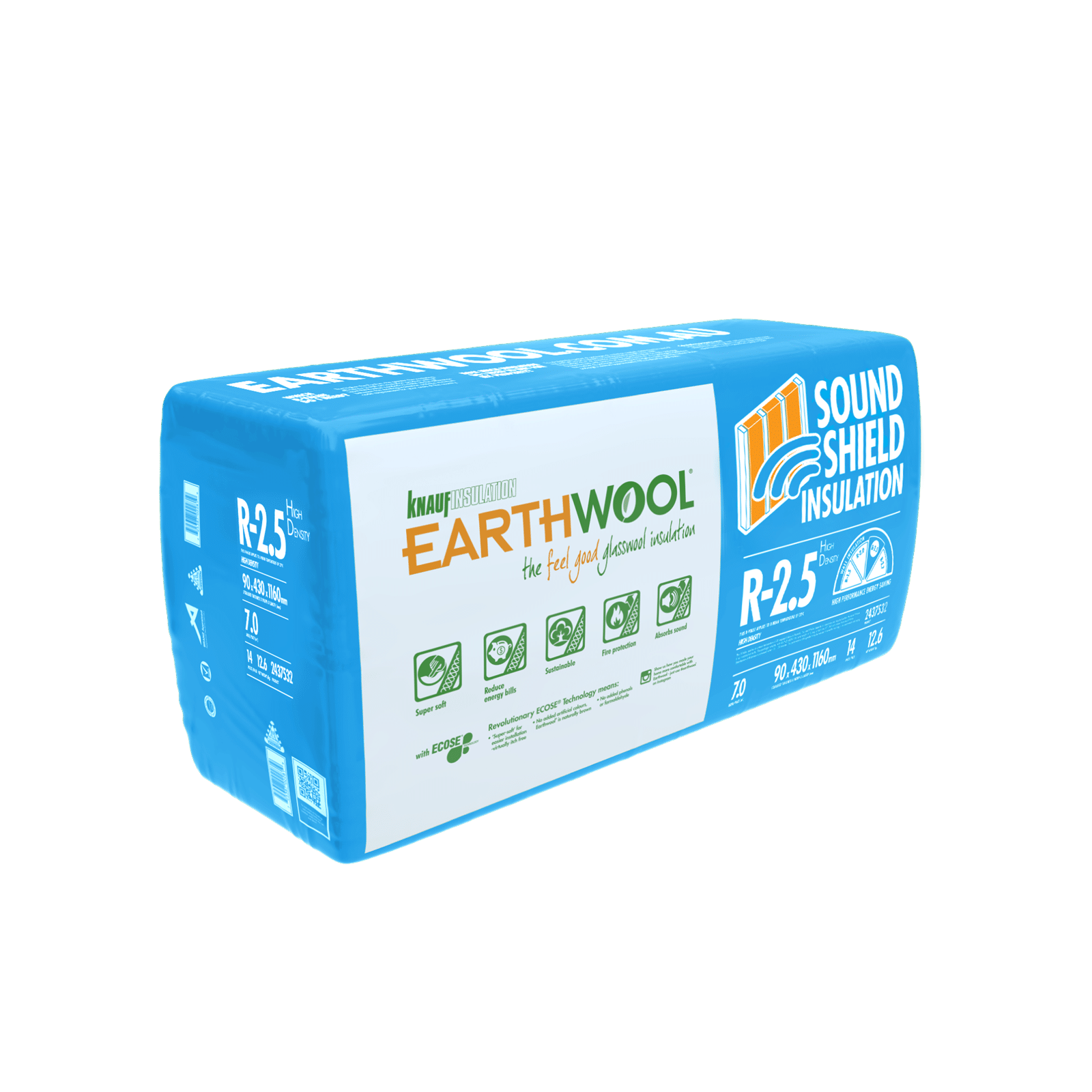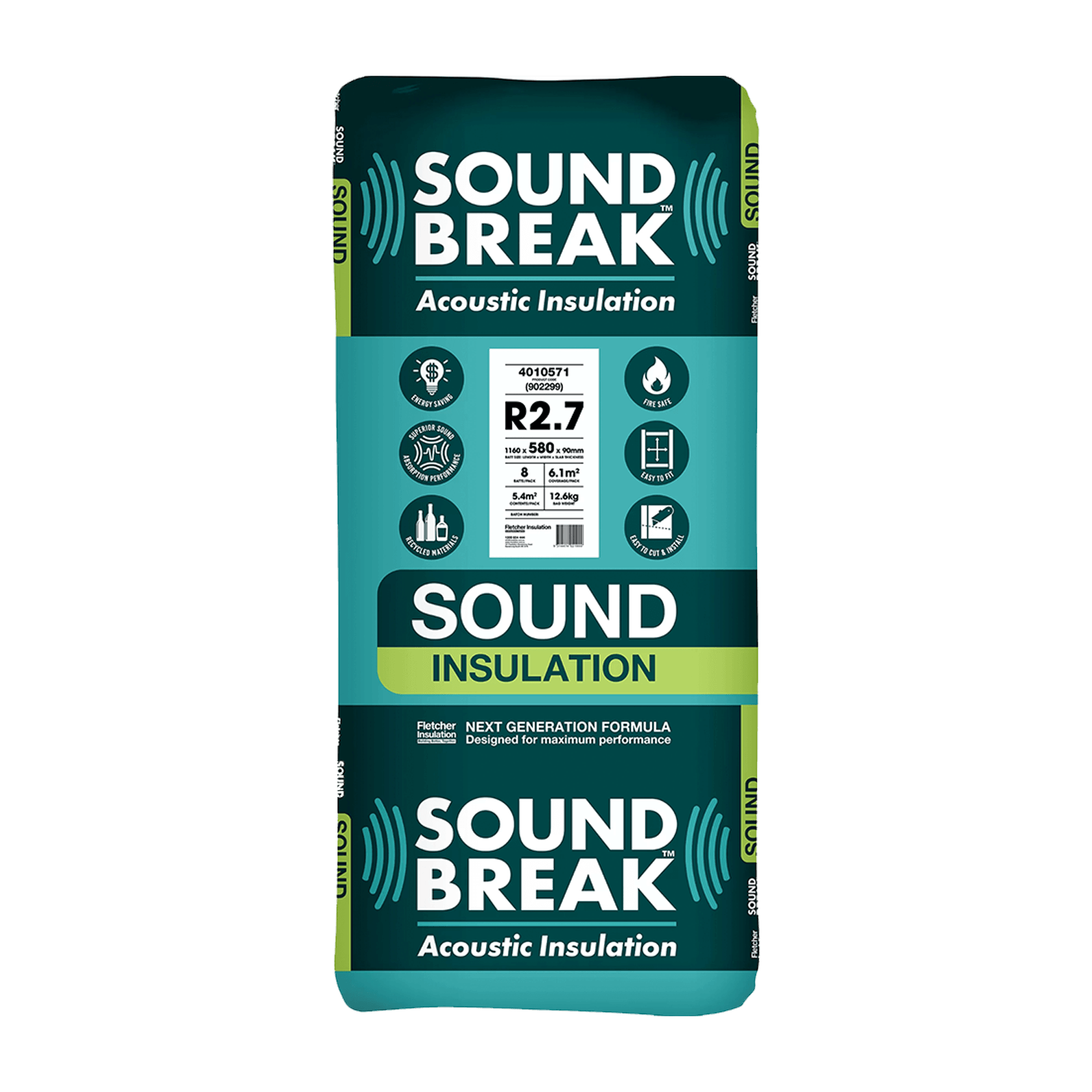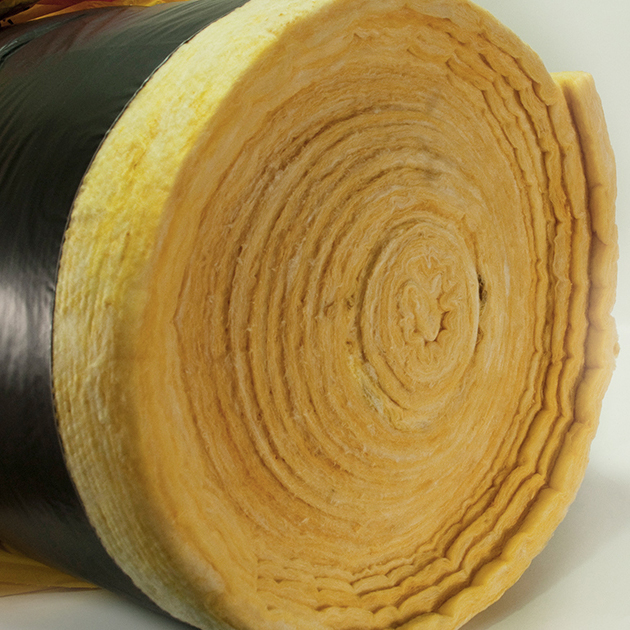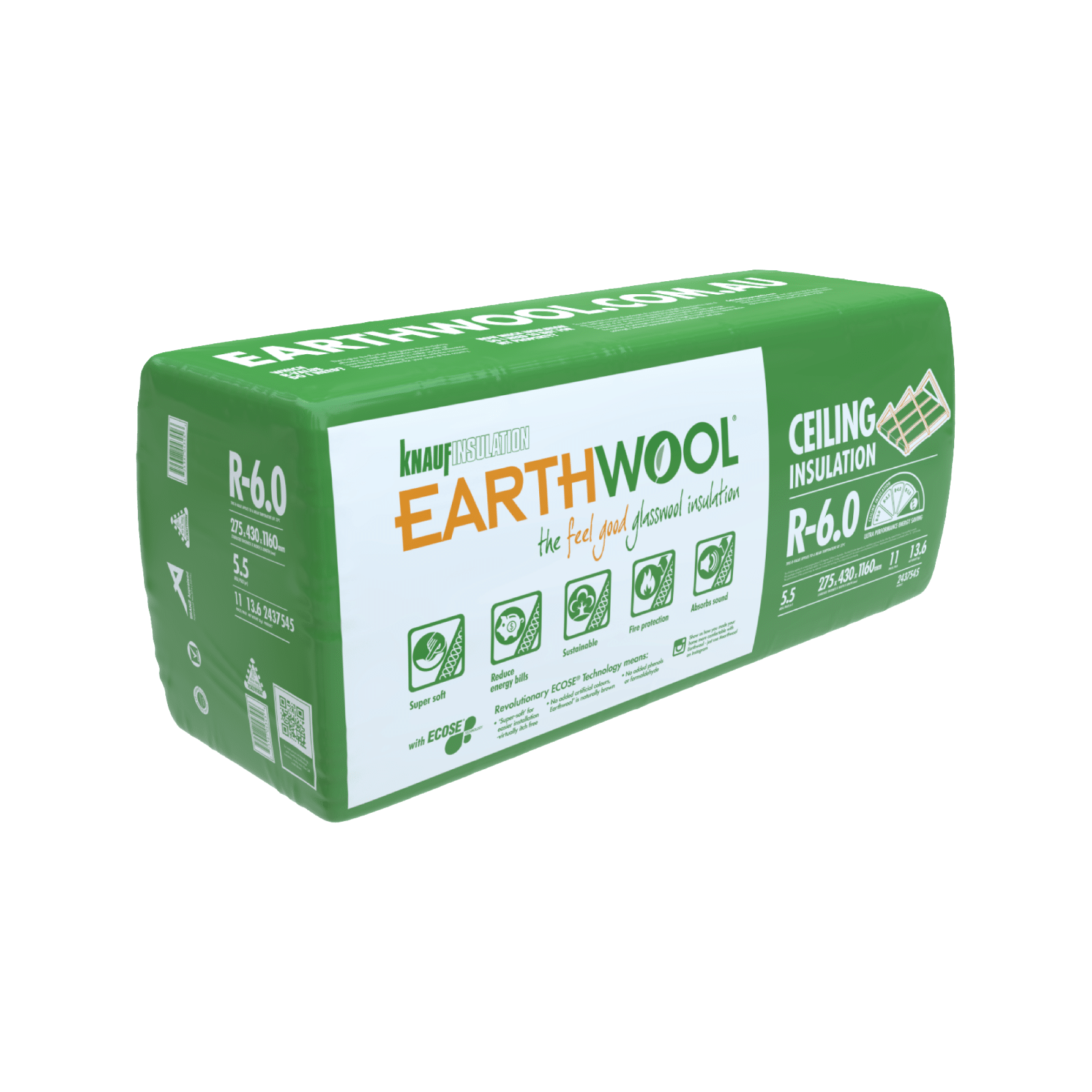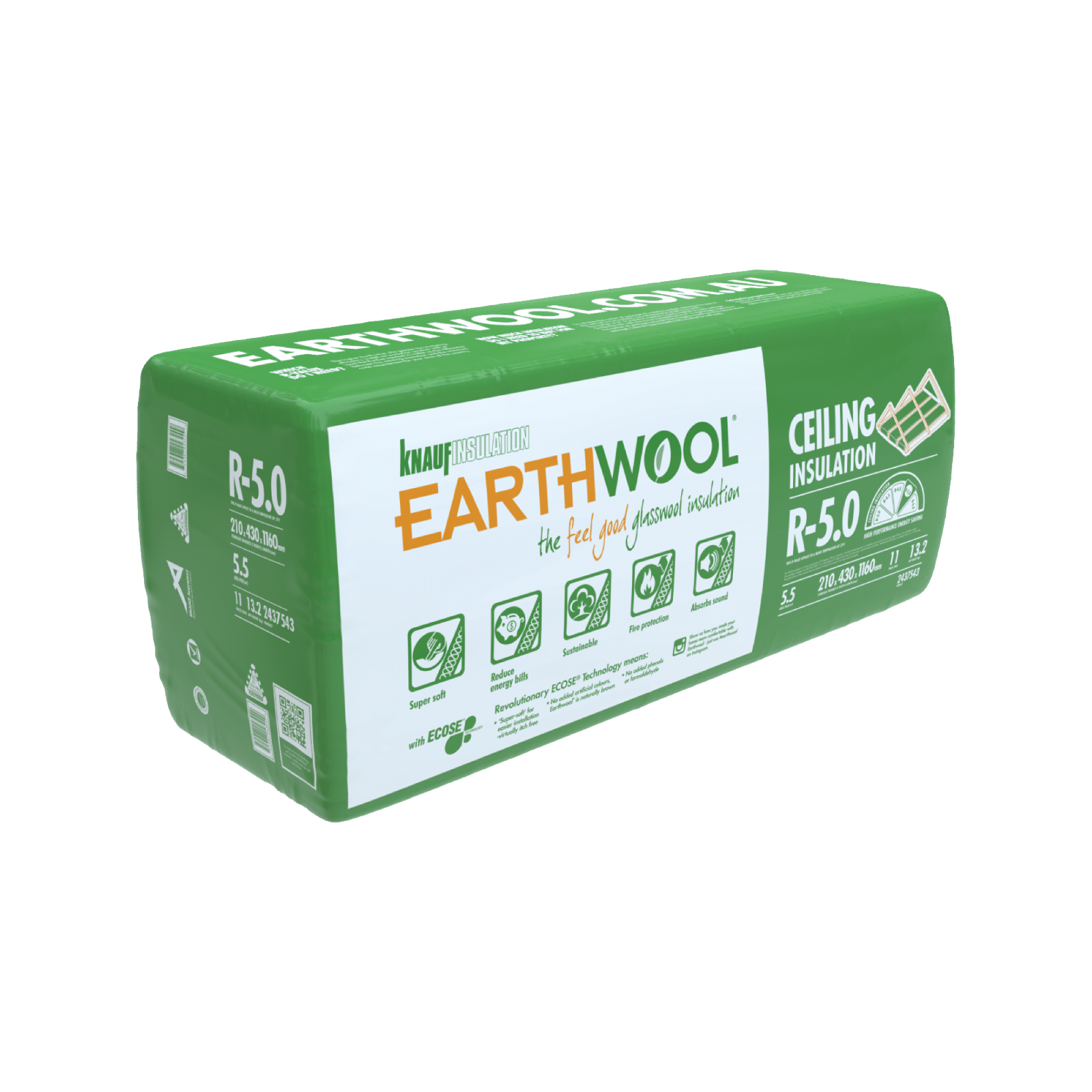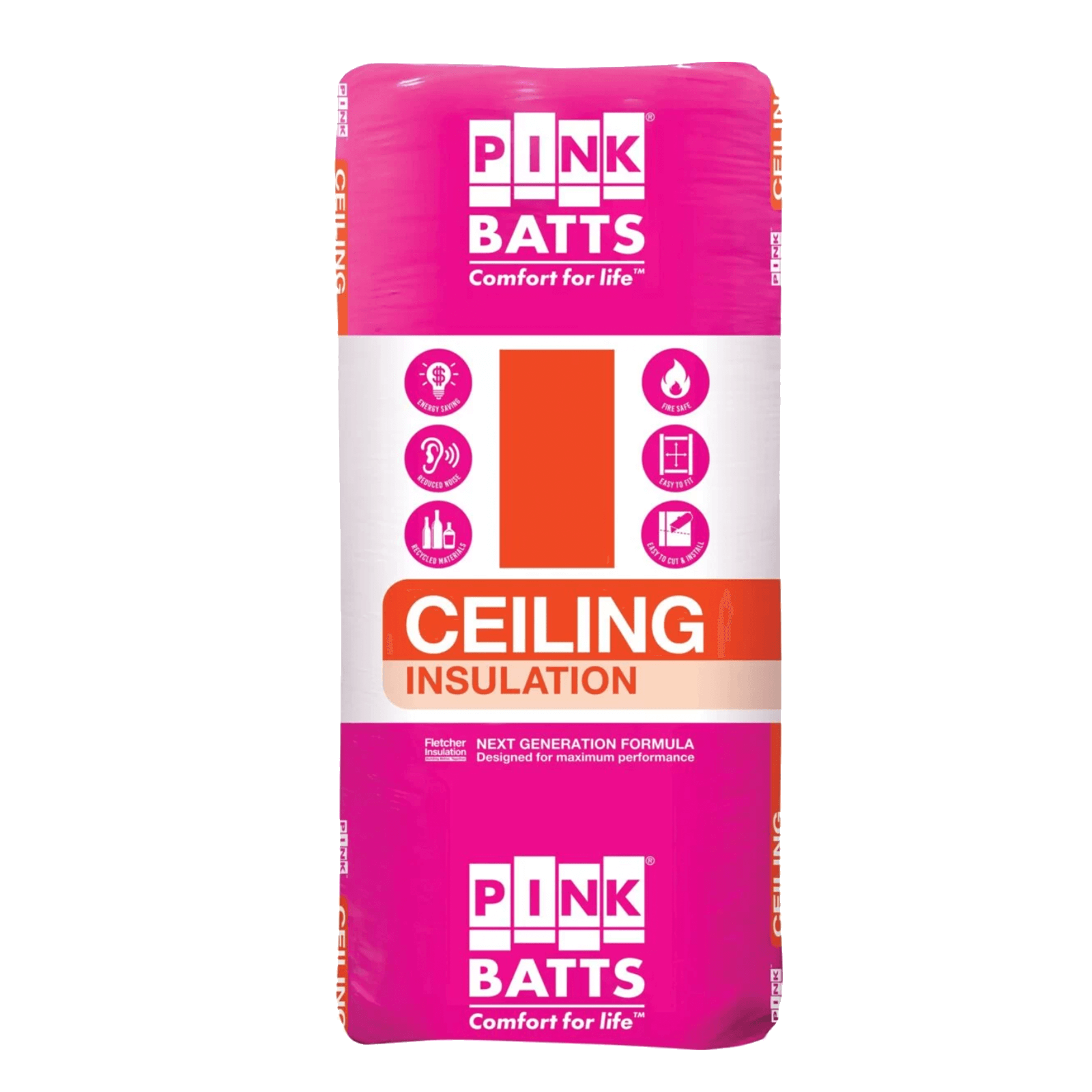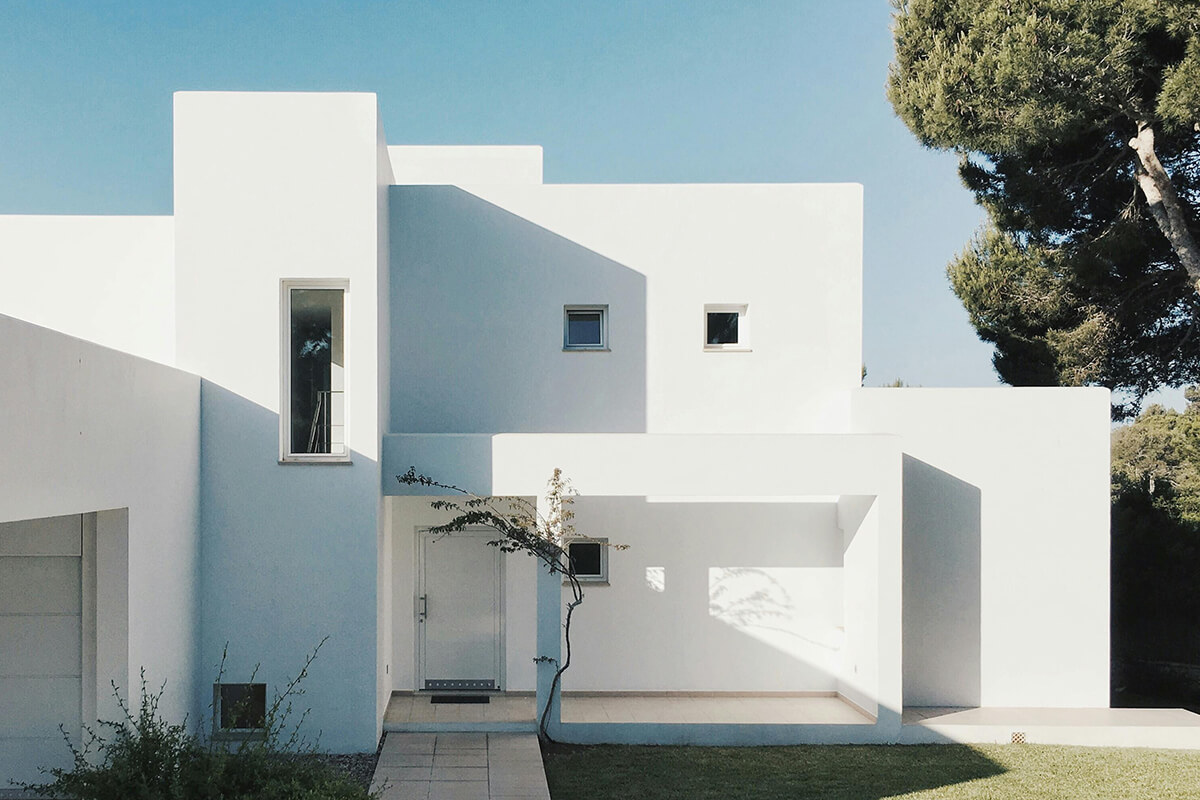
Ultimate Guide to the Best Exterior Wall Insulation
When it comes to creating an energy-efficient home, choosing the right insulation for your exterior walls is essential.
At Green Attic Insulation, Chicago’s trusted insulation experts, we know that effective wall insulation not only enhances year-round comfort but also leads to significant savings on your energy bills.
In this comprehensive guide, we’ll break down the best insulation options for exterior walls—factoring in R-values, climate conditions, and wall cavity types. Whether you’re building a new home or retrofitting an existing one, we’ll help you make a smart, budget-friendly choice tailored to your home’s unique needs.
Best Insulation Types for Exterior Walls
When selecting insulation for your exterior walls, it’s important to understand the strengths and limitations of each option. Here’s a closer look at one of the most common choices:
Fiberglass Batts
Fiberglass batts are among the most widely used insulation materials in residential construction due to their affordability and ease of installation.
- R-Value:
Typically R-13 for 2×4 walls and R-19 for 2×6 walls.
- Installation:
Designed to fit between standard wall studs, fiberglass batts come in pre-cut panels sized for common stud spacing. However, achieving full performance depends on a precise fit—gaps, compression, or misalignment can reduce effectiveness.
- Performance:
When properly installed, fiberglass batts provide solid thermal insulation. However, poor installation can lead to cold spots, air leakage, and reduced energy efficiency.
- Moisture Resistance:
Fiberglass doesn’t absorb water, but if moisture gets trapped in the surrounding air pockets, it can compromise performance and contribute to mold or mildew issues—especially in humid climates or poorly ventilated areas.
- Cost:
One of the most affordable insulation options, making it ideal for budget-conscious homeowners and large-scale new construction projects.
- Environmental Impact:
Manufactured from recycled glass and sand, fiberglass is relatively eco-friendly. However, the production process does consume a moderate amount of energy.
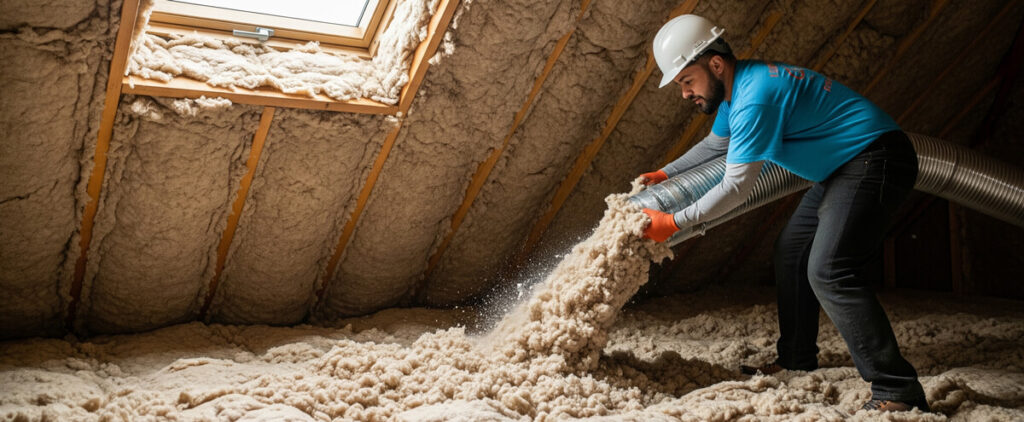
Spray Foam Insulation
Spray foam insulation is a high-performance option that expands on application to fill wall cavities completely. It’s available in two types: open-cell and closed-cell, each offering distinct benefits.
- R-Value:
- Open-cell: R-3.6 to R-3.8 per inch
- Closed-cell: R-6 to R-7 per inch
Closed-cell spray foam offers one of the highest R-values per inch among commonly used insulation materials.
- Installation:
Requires professional installation due to the use of specialized equipment and the expertise needed to ensure a proper seal and even application.
- Performance:
Spray foam excels at sealing air leaks and filling irregular spaces, greatly enhancing thermal performance and air tightness. This air-sealing capability often leads to energy savings that go beyond its R-value alone.
- Moisture Resistance:
- Closed-cell spray foam acts as both an insulator and a vapor barrier, making it ideal for moisture-prone areas.
- Open-cell foam is more breathable, allowing some moisture vapor through, which can be beneficial in certain climate zones.
- Cost:
Spray foam is one of the more expensive insulation options upfront. However, its superior performance can lead to significant long-term energy savings, especially in harsh climates like South Australia’s.
- Environmental Impact:
- Closed-cell foam often contains high global warming potential (GWP) blowing agents, though newer, low-GWP formulations are becoming more common.
- Open-cell foam generally has a lower environmental impact, but it offers a lower R-value and less structural strength than closed-cell options.
Blown-In Cellulose
Blown-in cellulose is a sustainable and cost-effective insulation material made primarily from recycled newspaper and other paper products. It’s a popular choice for homeowners looking to improve energy efficiency while minimizing environmental impact.
- R-Value:
Typically R-3.5 to R-3.8 per inch, offering comparable performance to fiberglass and open-cell spray foam when properly installed.
- Installation:
- Ideal for retrofit applications—installed by blowing the material into wall cavities through small holes in the drywall or exterior sheathing.
- For new construction, cellulose can be applied as a damp-spray to fill cavities before drywall installation.
- The dense-packing process ensures even distribution and minimizes settling over time.
- Performance:
Blown-in cellulose conforms well to irregular cavities, minimizing air gaps and improving thermal performance.
It also offers excellent soundproofing and reduces air infiltration when densely packed.
- Moisture Resistance:
- Treated with borate, which adds fire, mold, and pest resistance.
- While cellulose offers some moisture protection, it can retain moisture if exposed to leaks or high humidity, so it must be paired with proper vapor barriers and ventilation.
- Cost:
Generally more affordable than spray foam, but slightly more expensive than fiberglass batts, making it a balanced option for cost and performance.
- Environmental Impact:
One of the greenest insulation options on the market, cellulose is made from up to 85% recycled content and requires less energy to produce than most other insulation types.
Rigid Foam Board
Rigid foam board insulation is a durable and versatile option available in three primary types: Expanded Polystyrene (EPS), Extruded Polystyrene (XPS), and Polyisocyanurate (Polyiso). Each offers distinct advantages depending on your home’s insulation needs.
- R-Value:
- EPS: ~R-4 per inch
- XPS: ~R-5 per inch
- Polyiso: ~R-6 to R-6.5 per inch
These values make foam boards some of the highest-performing rigid insulation materials available.
- Installation:
- Commonly installed as continuous exterior insulation, directly over sheathing, to reduce thermal bridging.
- Can also be cut to fit between studs or used on basement walls and foundations.
- Easy to install with adhesives or mechanical fasteners, though seams should be taped and sealed for best results.
- Performance:
- Delivers long-lasting, stable thermal performance.
- Excellent at reducing thermal bridging, especially when applied as an uninterrupted layer across wall framing.
- Rigid structure also adds a degree of structural support to wall assemblies.
- Moisture Resistance:
- XPS and closed-cell Polyiso offer low water absorption and can act as vapor barriers.
- EPS is more permeable but still performs well when protected from direct moisture exposure.
- Cost:
- Typically more expensive than fiberglass or cellulose, but less costly than spray foam.
- Higher upfront costs may be justified by enhanced energy savings and reduced thermal bridging.
- Environmental Impact:
- EPS has the lowest environmental impact, being made with air-blown agents.
- XPS and some polyiso boards use HFC or HFO blowing agents, which may have higher global warming potential—though many manufacturers are shifting to more eco-friendly formulations.
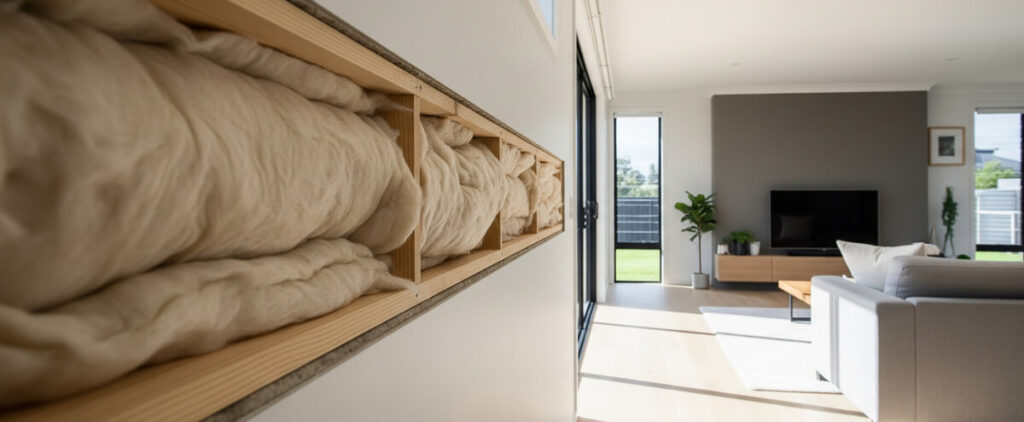
Mineral Wool (Rockwool)
Mineral wool—also known as rockwool or stone wool—is manufactured from natural basalt rock and recycled steel slag, offering a powerful combination of thermal performance, fire resistance, and soundproofing.
- R-Value:
- Typically around R-4.0 to R-4.3 per inch
- Maintains consistent performance even in extreme temperatures.
- Installation:
- Available in batts for easy fitting between standard stud framing.
- Also produced as rigid boards for continuous exterior insulation, making it a versatile solution for both new construction and retrofits.
- Performance:
- Provides excellent acoustic insulation, reducing sound transmission between rooms and from the outside.
- Naturally non-combustible and can withstand temperatures above 1,800°F, offering superior fire resistance.
- Retains its shape and doesn’t sag or compress over time, ensuring long-term thermal performance.
- Moisture Resistance:
- Water-repellent and does not absorb moisture, making it ideal for areas prone to dampness.
- Does not support mold or mildew growth, contributing to a healthier indoor environment.
- Cost:
- Typically more expensive than fiberglass, but less costly than spray foam.
- Offers strong value for its performance, especially when fire and sound control are priorities.
- Environmental Impact:
- Composed of natural and recycled materials and is often recyclable itself.
- Production has a lower carbon footprint compared to foam-based insulations.

